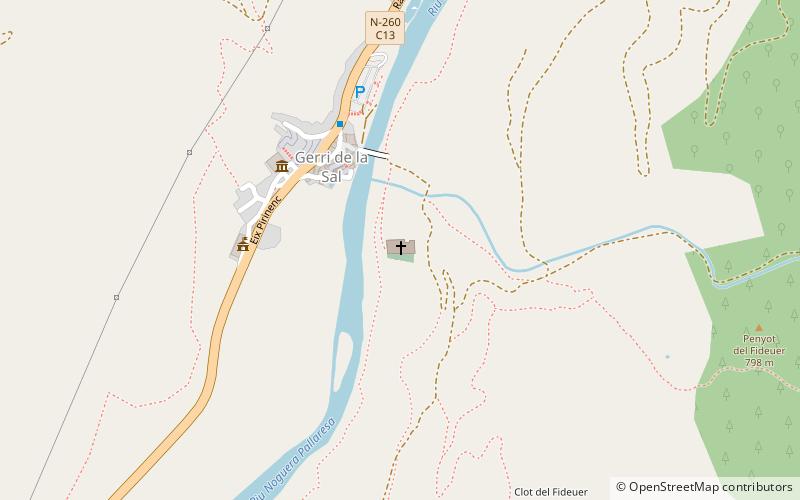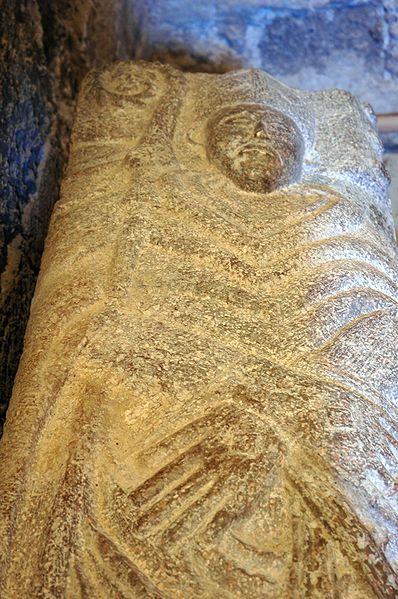Santa Maria de Gerri


Facts and practical information
Nestled in the serene landscape of the Catalan Pyrenees in Spain, the Monastery of Santa Maria de Gerri is a testament to the region's rich spiritual heritage. This historical gem, dating back to the 11th century, stands as a beacon of Romanesque architecture, offering a glimpse into the monastic life that once flourished here.
The monastery, situated on the banks of the Noguera Pallaresa River, served as a spiritual center for the surrounding communities for centuries. Its church, dedicated to Santa Maria, is particularly notable for its remarkable preservation and the enchanting ambience that pervades its stone walls. The simple yet sturdy design is characteristic of Romanesque structures, with semi-circular arches and robust columns that have withstood the test of time.
Visitors to Santa Maria de Gerri are often struck by the tranquility of the site, which includes a cloister and several other monastic buildings. The cloister, although partially in ruins, still echoes the contemplative life of the monks who once strolled its corridors, immersed in prayer and meditation.
One of the most striking features of the monastery is the intricately carved portal, which serves as an entrance to the church. The portal is adorned with biblical scenes and figures that provide insight into the religious iconography of the period. Inside, the church's nave invites reflection, with its subdued light and austere decor creating a sense of timelessness.
Santa Maria de Gerri is not just a monument to the past; it continues to be a place of cultural significance, hosting various events and exhibitions that breathe new life into its ancient stones. It remains a touchstone for those interested in Catalonia's medieval history and a must-visit for anyone seeking to experience the solemn beauty of a bygone era.
Catalonia
Santa Maria de Gerri – popular in the area (distance from the attraction)
Nearby attractions include: Sant Pere de les Maleses, Pre-Pyrenees.


